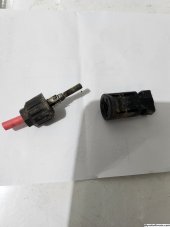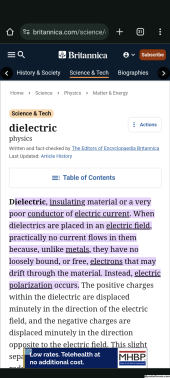mooseandbear
New Member
- Joined
- Apr 22, 2021
- Messages
- 15
I have 6 160 watt panels that are wired in series. They are going to a 30 amp breaker as an emergency shut off. I can read 147 volts at the end of the wire during low sun but when I connect to a 30 amp breaker and turn it on, all I get on the other side is .5miliwatts. I have tried 4 breakers and they all do the same thing. My other side is 14 100watt panels wired in series/parr and they pass voltage (127 vts) thru the same breaker model just fine. The breaker is rated at 30 amps and 12-400 volts. I have no idea what is going on.




